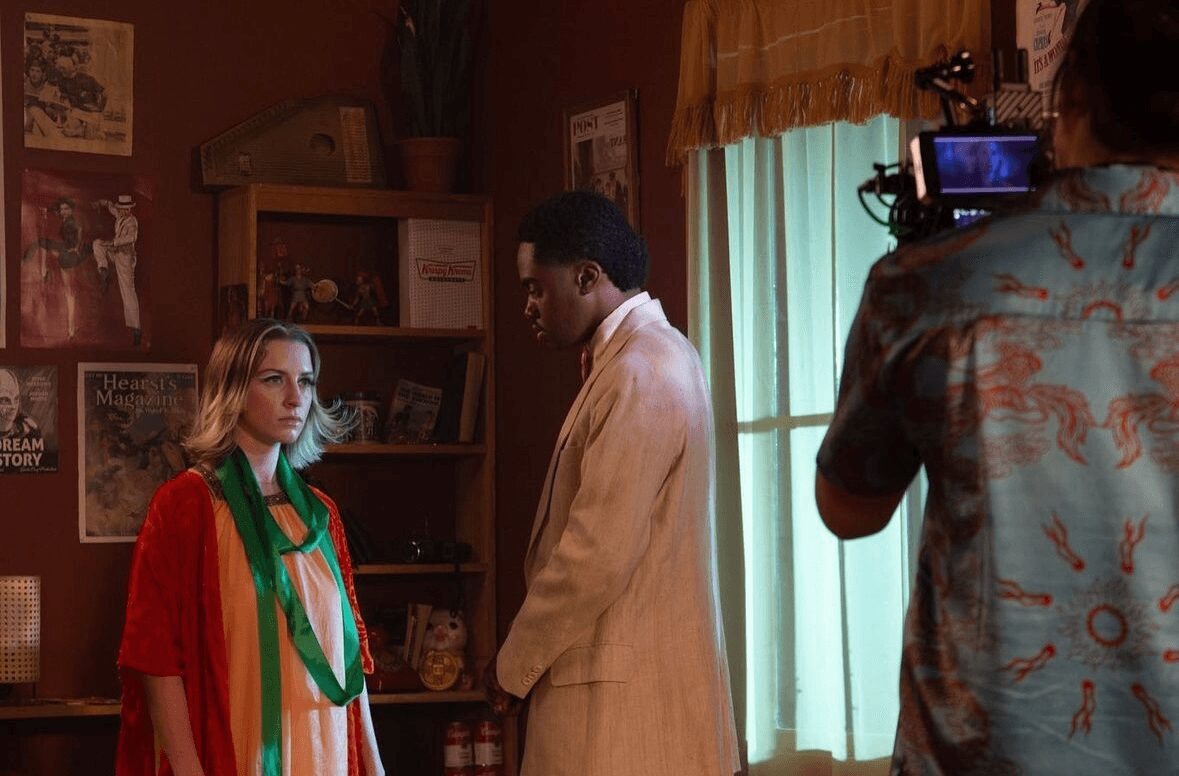We recently connected with Daisy Stock and have shared our conversation below.
Daisy, thanks for joining us, excited to have you contributing your stories and insights. Do you feel you or your work has ever been misunderstood or mischaracterized? If so, tell us the story and how/why it happened and if there are any interesting learnings or insights you took from the experience?
I have often encountered the misconception that I must choose between being an actor or a scientist, or that pursuing both devalues each. Many people struggle to see validity in one or the other and try to place me into one category. When talking to other actors I often hear, “Wow, engineering is a great survival job!” When talking to other researchers I often hear “Oh acting, what a fun hobby!” This can be a frustrating misconception—that a scientific career is merely a means to support my artistic endeavors, rather than a passion and art in its own right, or, conversely, that acting is not valuable on its own as a career.
The truth for me is that I simply cannot imagine life without either. In addition to both being passions of mine, they have undeniably helped shape each other. My research in sustainable materials and cultural heritage preservation informs my performance, as I understand better the artistic expressions of humanity through time. Similarly, my work in performance sharpens my communication skills, which are crucial and often neglected in scientific research. The main shift thinking about this has brought about for me is appreciating my artistic journey holistically. This, and being less dependent on the understanding of others to validate my personal journey.
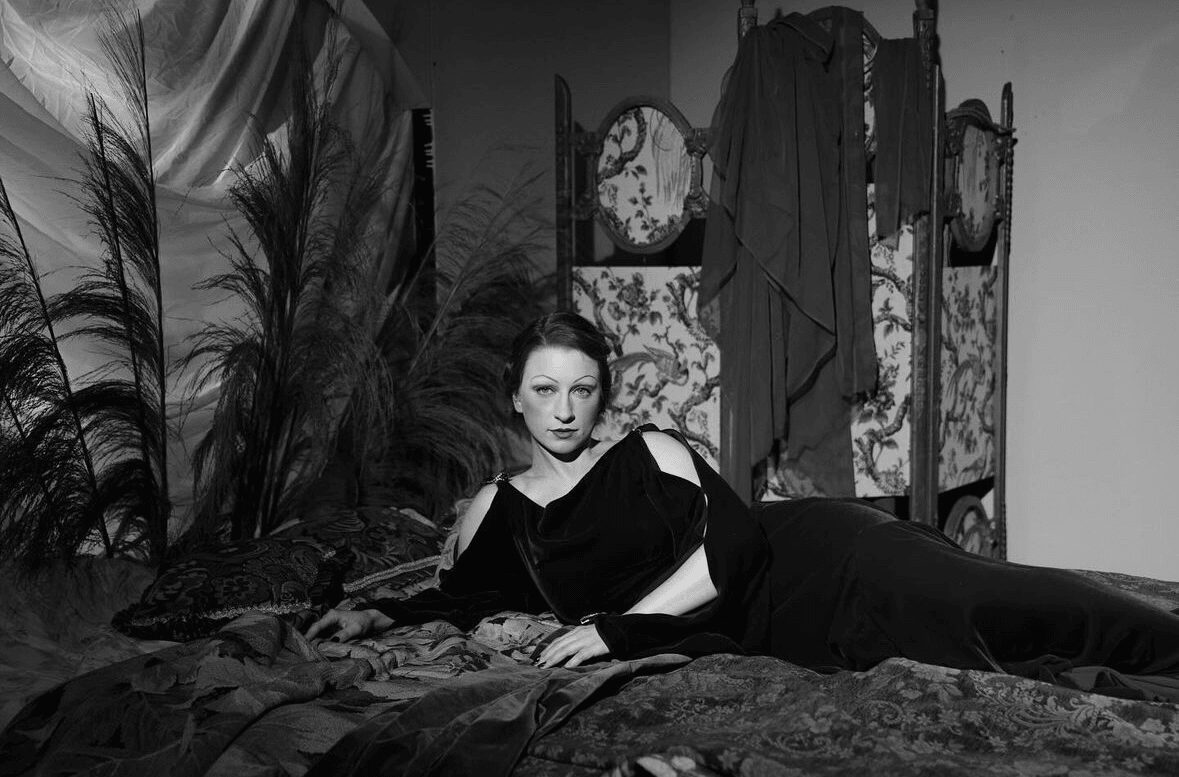
Daisy, before we move on to more of these sorts of questions, can you take some time to bring our readers up to speed on you and what you do?
My journey began at a young age with a deep love for theater. I was captivated by the power of self-expression and the ability to connect with audiences on an emotional level. As I grew older, this passion naturally extended to film, where I became fascinated by the nuance and depth of performance on screen. Parallel to pursuits in performance, I developed a strong interest in art and its context. This curiosity led me to study material science, focusing on sustainable materials and preserving cultural heritage. I became particularly interested in how we can protect art, ensuring it remains in its original context rather than being removed and stored in museums under the guise of protection.
Today, my work encompasses a wide range of creative and scientific endeavors. In the realm of theater and film, I consult and perform in projects that explore complex human experiences — especially valuing those that center strong female leads and their stories.
In the field of art preservation, I work on developing sustainable materials that help conserve historical works and artifacts. A large force of my research is developing clean, green materials for use in production design and art. This scientific knowledge base has also positioned me to consult in sci-fi development, and I have had the opportunity to inform projects in the pre-production stages as a science consultant. I want people to know that my work is driven by a deep passion for both artistic expression and scientific innovation. Whether through a film, or a conservation project, my goal is to create meaningful experiences and solutions that inspire and protect. I am committed to pushing the boundaries of what is possible when art and science come together, a journey that I am excited to share.
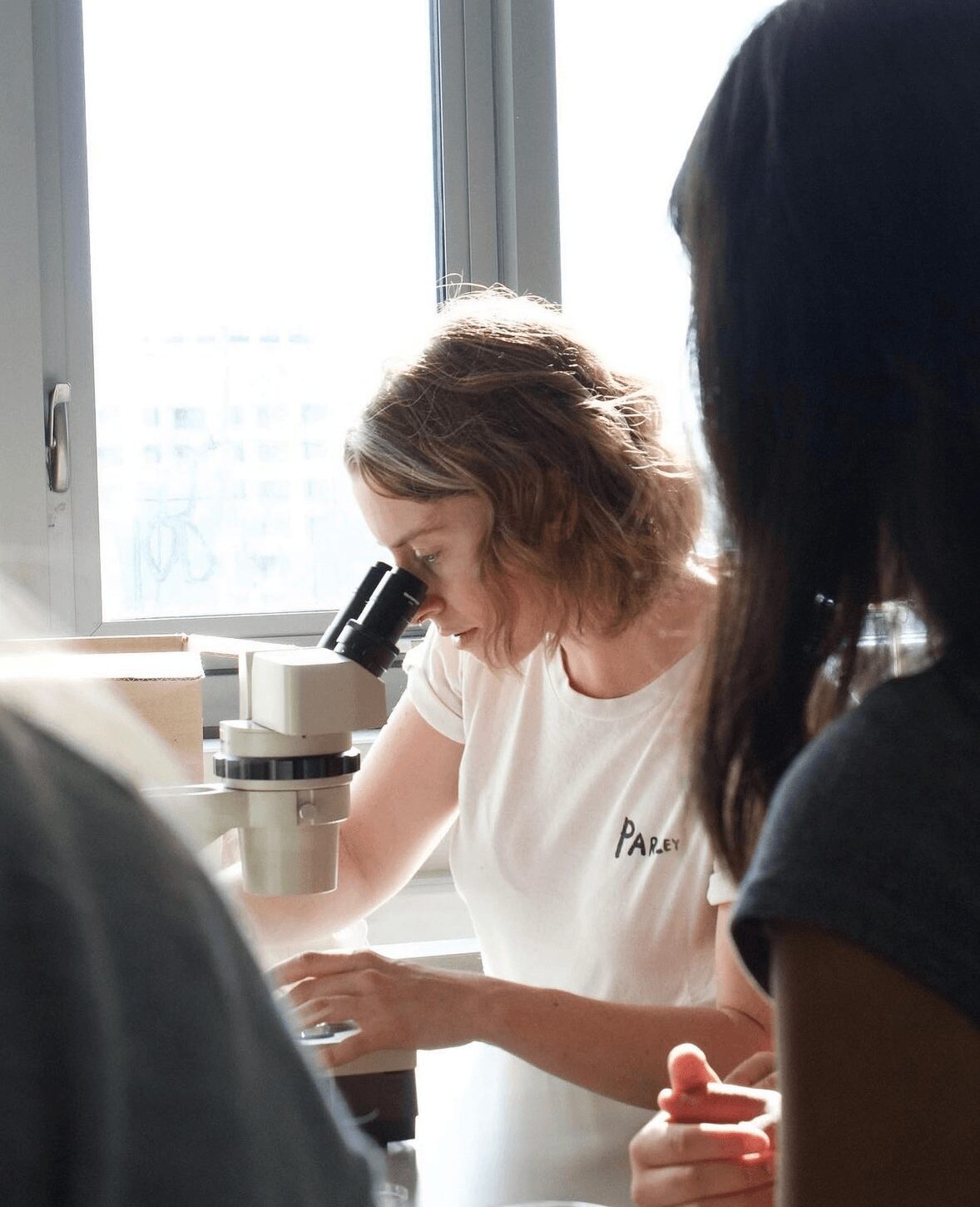
For you, what’s the most rewarding aspect of being a creative?
As an actor, I find fulfillment in collaborating with directors who have entrusted me to help realize their artistic visions. These relationships not only enhance my creative experience but also deepen my connection to the stories we are telling.
One of the most impactful collaborations in my career has been with filmmaker Ira Irvani. We have worked on telling queer stories, especially those set in historical contexts that highlight the struggles and triumphs of queer people throughout the 1900s. Being part of such powerful storytelling with a director like Ira, who is deeply passionate about these narratives, is profoundly motivating and rewarding.
Another collaboration that stands out is my work with director Phoebe Post. Phoebe’s dedication to creating films centered on women protagonists is both inspiring and essential. Working on projects that elevate women’s stories and provide strong, nuanced female characters has been a source of great pride and fulfillment for me.
The opportunity to assist in telling impactful stories, whether about queer history or strong women protagonists, alongside such talented and passionate directors, is what makes my work as an artist truly meaningful.
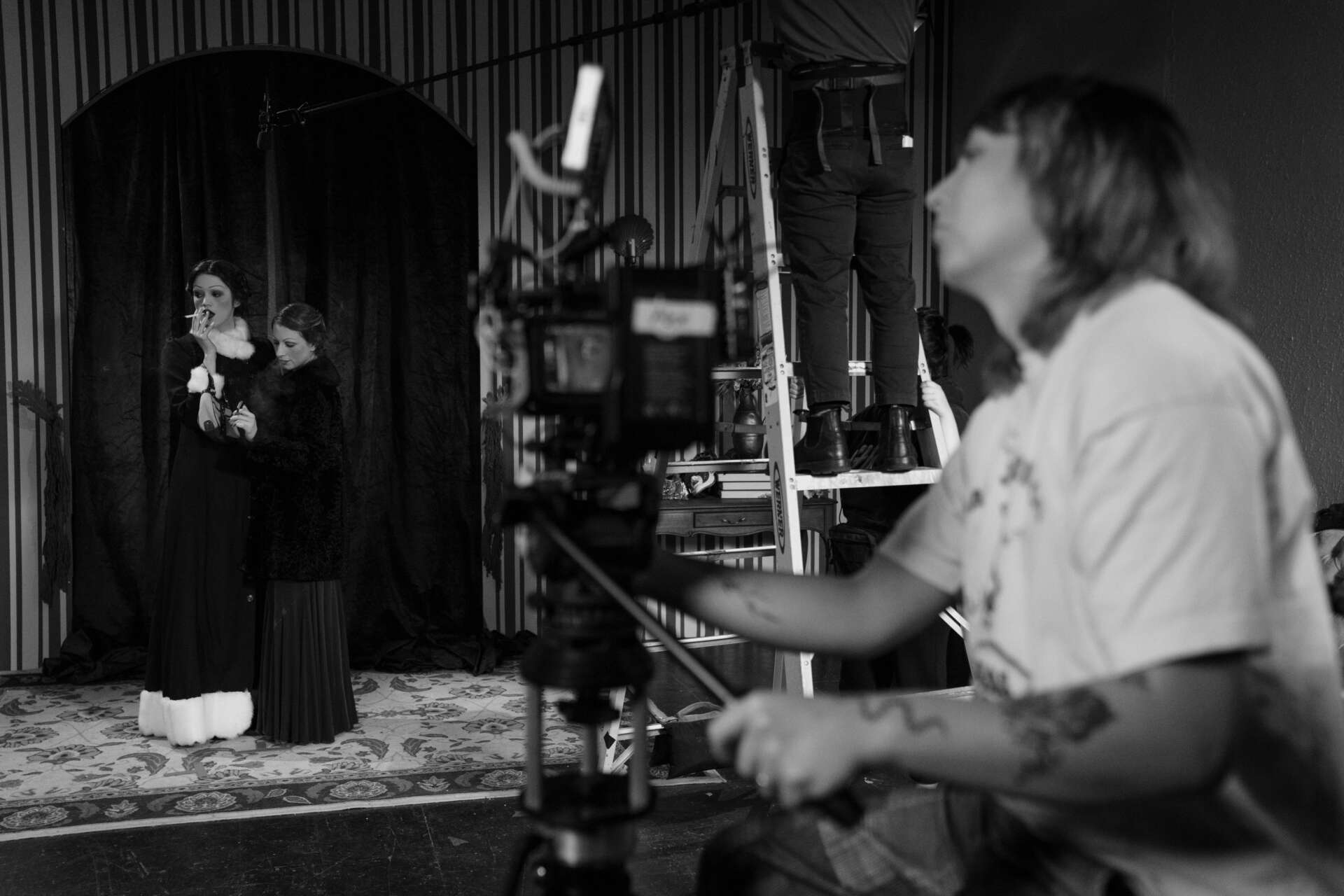
How did you build your audience on social media?
Building a social media presence is a journey, and it’s important to enjoy the ride. Stay authentic, have fun, and engage with your audience!
I had a somewhat unexpected start in social media. It isn’t something that I had a ton of interest in or that came naturally to me. Surprisingly, my content on Tiktok has had the most reach. And videos that went viral weren’t serious or labor intensive; they were silly skits with my friends or commentary on pop culture moments. Some of these videos have gained millions of views, and taught me a lot about boundaries and authenticity.
I would advise to make content about something true to you. Don’t overthink it. Whether it’s a quirky hobby, a fun fact, or a lighthearted skit, your authenticity will resonate with viewers. I know the rat race of social media can be draining and stressful, but remember to focus on content that you genuinely enjoy creating and stay true to yourself. Social media can be overwhelming, so make sure to take breaks and connect with your offline life.
Contact Info:
- Instagram: https://www.instagram.com/daisystock/
- Linkedin: https://www.linkedin.com/in/daisy-stock-ab4303191/
- Other: https://www.imdb.com/name/nm15890650/?ref_=fn_al_nm_2

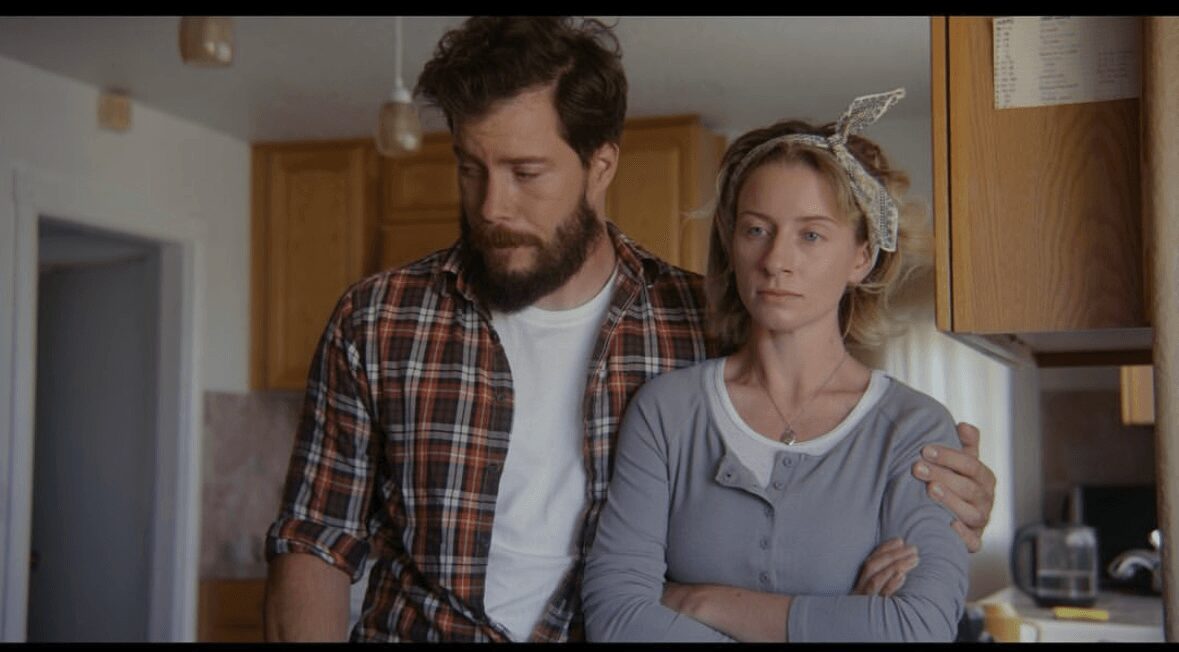
Image Credits
Photos 1,3 : Gabriel Studer
Photoes 4,5 : Carlos Sanchez


